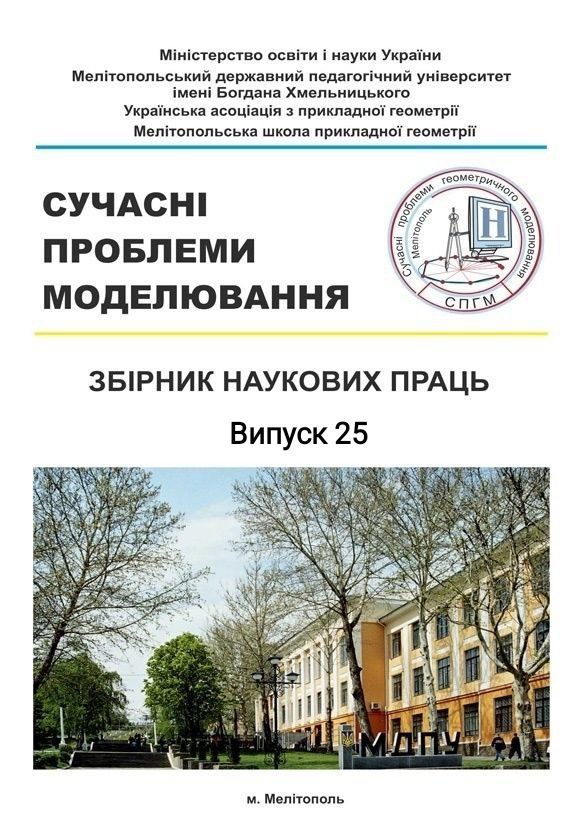SIMULATIVE MODELING THE FLOW OF GUNPOWDER GASES IN THE FIRST CHAMBER OF A FIREARM SUPPRESSOR
Abstract
Research results of the modeled process of powder gas outflow from the barrel of a rifle into the cavity of a noise suppressor are presented, which were conducted using computational gas dynamics software packages. The aim of the study is to determine the influence of geometric features of the suppressor design on its reduction efficiency. Considering that the size parameters of the suppressor have practical implications for its convenient use, the attempt to reduce its dimensions while maintaining reduction efficiency prompts researchers to search for optimal values of its geometric parameters by exploring the dependencies of internal cavity shapes on the flow dynamics in the suppressor's reduction chambers. The distribution of dynamic pressure in the first chamber of the suppressor is the subject of investigation.
In this work, the length of the first chamber was chosen as the control parameter. By varying the length of the first chamber, a series of gas dynamic calculations of the working flow were performed, including the determination of dynamic pressure at the outer opening of the suppressor to evaluate its effectiveness. During the research, the effect of reducing the expansion of the gas flow was observed by the interference of its individual peripheral layers in the flow core after reflecting from the surfaces of the first reduction chamber. The reduction capability of the chamber, taking into account the mentioned interference effect, depends on the geometric shape of the formed flow core front, which takes the form of a conical surface.
The conducted research revealed that the change in the shape of this flow core front surface significantly affects the reduction capability of the first chamber of the suppressor. By changing the length of the first chamber, two forms of the flow core front surface can be obtained. With a sufficiently long chamber, a fully formed cone front is achieved. Otherwise, by reducing the length of the first chamber, the appearance of a truncated cone front surface can be observed. By influencing the shape of the flow core cone through the variation of the first chamber length, the reduction capability of the first chamber was successfully optimized.
Keywords: gunshot suppressor, reduction membrane, flow expansion, pressure reduction, flow interference.




